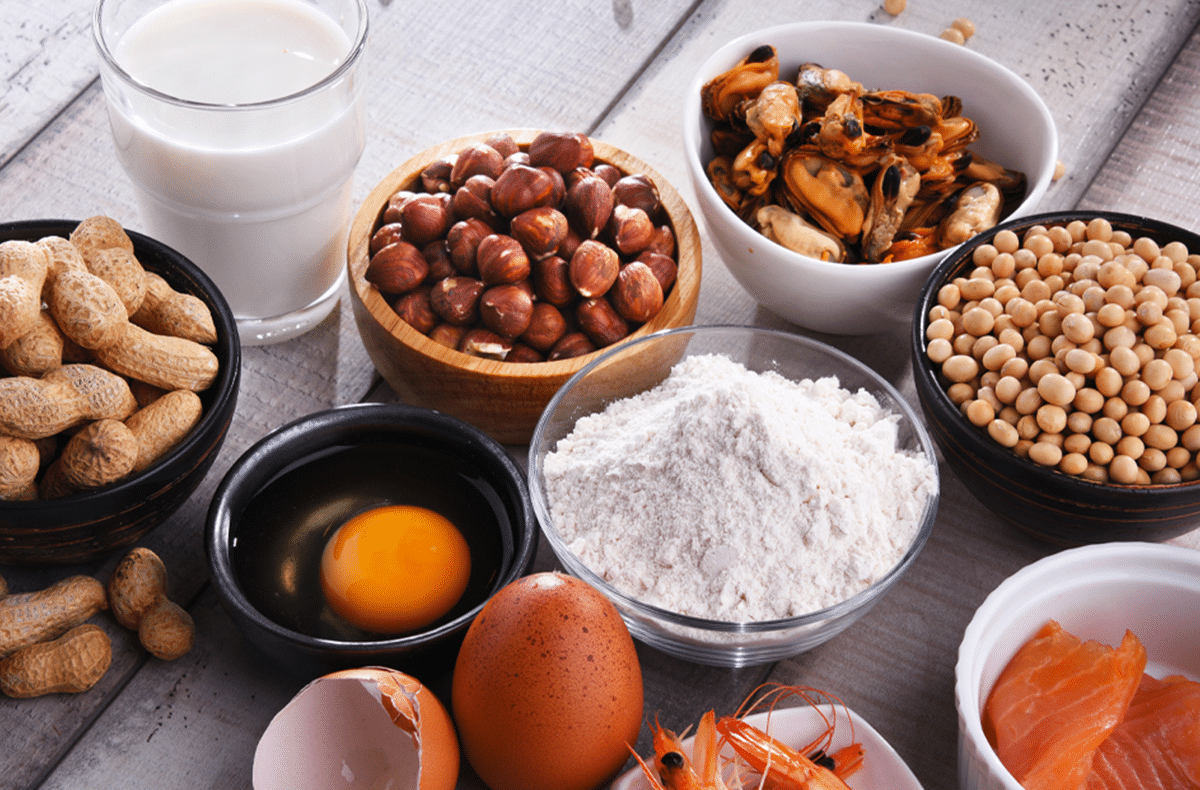A helpful Q&A on food intolerance

What is a food intolerance?
Food intolerances are reactions to eating foods, in normal quantities. The problem food isn’t properly digested and starts to ferment in the gastrointestinal tract.
Related article: Allergy alert
A food intolerance is the same thing as a food sensitivity, but not the same as an allergy. With an allergy, your body mounts an immune response within seconds to a few hours. It releases chemicals that can cause wheezing, swelling, trouble breathing, hives, vomiting, stomach pain, trouble swallowing and a weak pulse. True food allergies can be life-threatening.
The symptoms of an intolerance don’t appear so quickly and aren’t life-threatening: bloating, diarrhoea or constipation, stomach cramps and gas. Some may appear only days after you ate the food.
How do I identify my intolerance?
To find out what foods don’t agree with you, drop them from your diet, one by one, for a set time and see if it helps. Here are the most common culprits.
- Dairy
Many people are lactose intolerant, while the protein casein is hard to digest for others. Avoid milk, cheese, butter, yoghurt, ice cream and other dairy-based products. - Eggs
The whites have more of the proteins that can cause symptoms but avoid eggs completely as a test.
Related article: 5 common food myths
- Peanuts
These can cause breathing or digestive symptoms. Avoid foods such as peanut butter, energy bars and baked goods. - Shellfish
You may have digestive symptoms if you eat it, but not a life-threatening reaction. Avoid clams, crabs, lobster, oysters, scallops and shrimp.

- Gluten
Avoid foods made with grains that contain gluten, such as wheat, barley, rye and spelt. Check labels for gluten in pasta, cereals, snack bars, sweets, drinks, sauces and processed meats. - Corn
Corn is one of the top contributors to irritable bowel syndrome and hides in many foods, so read the labels. Many processed foods are made with corn syrup. - Meat
Meat intolerance might be linked to how livestock is reared. They might be fed mostly corn and soy and given hormones and antibiotics. Look for pasture-raised animals and look for information on how they were fed. - Coffee
This adored hot beverage makes some people run for the toilet. Cut coffee gradually so you don’t get caffeine withdrawal. - Fructose
Fructose is a sugar in fruit, some vegetables and honey. The intolerance can be genetic, but in most cases it’s the body missing a protein that allows it to absorb sugar from the intestine. If symptoms are less after two to six weeks of low fructose, it could be a sign of intolerance.
Related article: Everything you need to know about food allergies and what recipes to try
Do I need medical help?
It’s best to get diagnosed by a doctor, who may recommend a skin prick test or blood test to rule out an allergy. Keep a food diary with notes on what you ate, the symptoms and the timing. This will help your doctor work out what foods lead to the reaction.
How do I tell people about an intolerance?
When you get invited, tell the hosts about your problem. If it messes with their plans, suggest bringing your own meal. Bring up your intolerance in conversation. You don’t have to go into gassy details, just mention it so they know. In restaurants, ask if the menu doesn’t list ingredients. Waitrons are used to these questions by now.
Related article: Does your child have a food intolerance
Related articles

Latest Jet club magazine
We’ve got the latest trends, exciting prizes and exclusive savings just for you!
Jet Club will not pass your details to anyone else. By clicking the subscribe button you confirm you have read and agree to the Jet Club Terms and conditions and Jet Club Privacy Statement.
Subscribe

